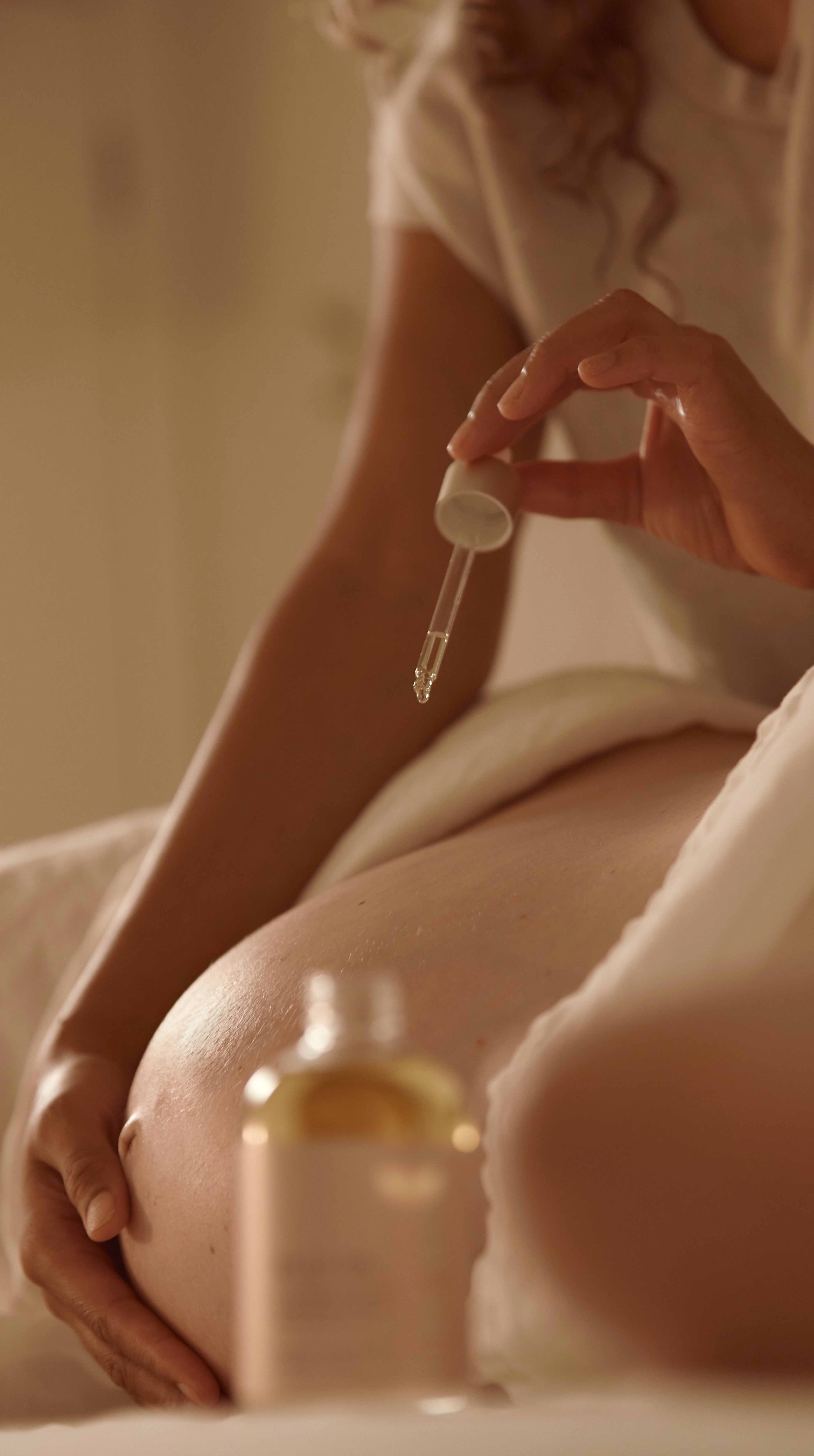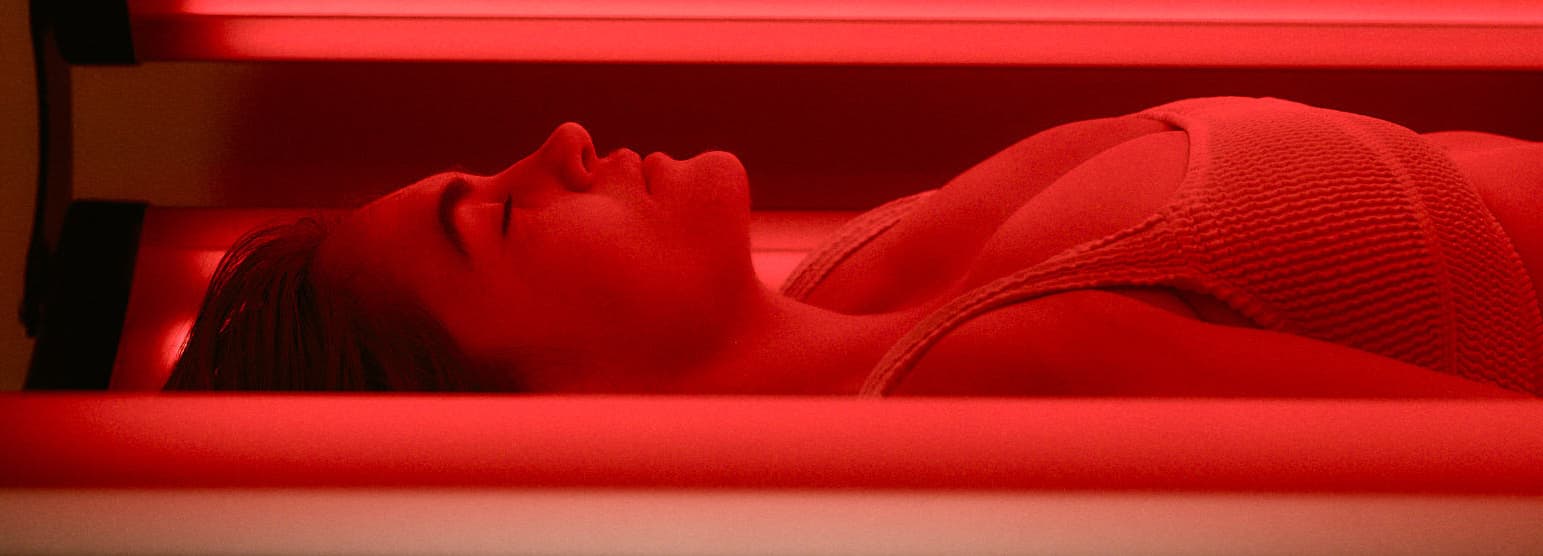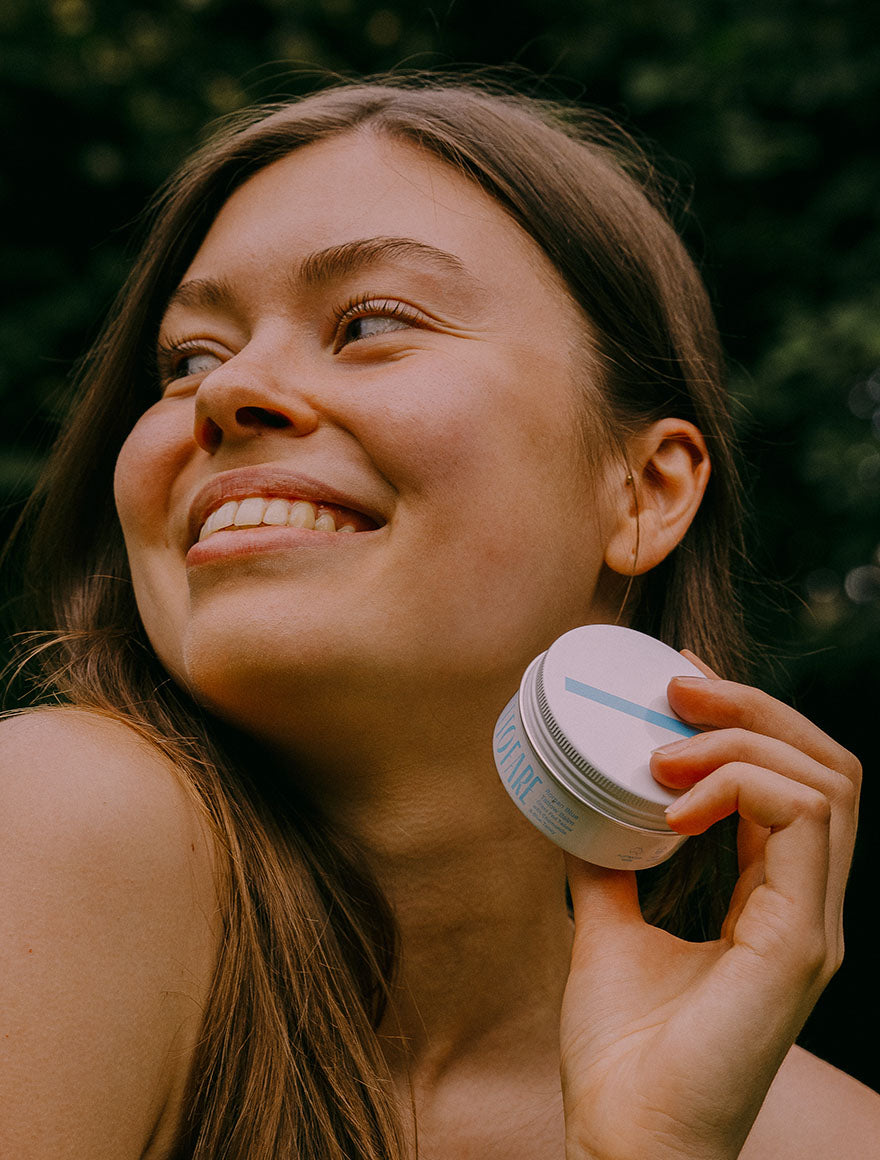Our bodies have evolved over millions of years to synchronise with the natural rhythms of our environment, such as the rotation of the Earth around the sun. These circadian rhythms play a crucial role in regulating our sleep, energy levels, hormone production, and overall health.

The Evolution of the Circadian Rythm
The physiological processes that take place in your body have evolved from millions of years of adapting to nature's rhythms such as the planetary, solar and lunar movements.
The circadian rhythm is one of the most important biological rhythms. It spans a 24-hour period and is synchronised to the rotation of the earth around the sun.
This internal clock hums away in the background and has evolved to help us adapt to changes in our environment, allowing us to forecast food availability, temperature and radiation, which have been crucial to the survival of human beings.
It controls a number of physiological processes, including our sleep, alertness, hormone levels, cognitive function, body temperature, immune function, appetite and digestion.
What controls our circadian rhythm?
The suprachiasmatic nucleus (SCN), located in the hypothalamus of the brain, is the body’s master clock. When our eyes are exposed to light, the SCN receives this information and aligns our natural body clock with the external environment. It does this through the diurnal interplay of two hormones: cortisol and melatonin. On sun rise the SCN triggers the release of the hormone cortisol, which provides a boost in energy and alertness. There is a gradual decline in cortisol throughout the day and a rise in melatonin in the evening after the sun sets, helping to induce sleepiness and preparing us for slumber.
Unfortunately, many people aren’t living in alignment with nature’s rhythms and are spending the majority of their time indoors under artificial light.
The circadian rhythm becomes disrupted by a lack of exposure to natural sunlight and overexposure to blue light from LED light bulbs and screens, especially after sunset. This can impact sleep quality, energy, mood, the balance of our hormones and contribute to oxidative stress and inflammation. There is also evidence that excessive exposure to artificial light is linked to heart disease, diabetes, obesity and cancer.
So how do we support a healthy circadian rhythm?
1. Keep a consistent sleep-wake schedule - going to bed at the same time each night and waking at the same hour every morning.
2. Natural sunlight entering the eyes is the most important signal regulating the circadian rhythm, so spend as much time as you can in natural sunlight, especially first thing in the morning. Eat your breakfast and lunch outside and start your day with a walk in nature.
3. Reduce your exposure to blue light, as this impacts melatonin production for up to four hours, making it harder to fall asleep and remain asleep.
- Avoid using screens at least 2 hours before bedtime. When you use a computer or laptop, lower your exposure to blue light by downloading the free blue light blocking filter FLUX, and use blue blocking glasses when you’re in front of screens.
- Switch from LED light bulbs or fluorescent lighting to low blue light bulbs or blue light free light bulbs. These emit a warm, amber or red toned light. And make sure you dim the lights an hour leading up to bedtime.
- Black out any light in your bedroom by using blackout curtains or an eye mask at bedtime and unplugging devices with LED lights or taping over them.

Photobiomodulation and the Circadian Rhythm
For people that are not able to spend their daylight hours outdoors, like shift workers or those living through the long dark winter’s of Norway and other Scandinavian countries, photobiomodulation using bright white or blue light can be used to reset the circadian rhythm.






